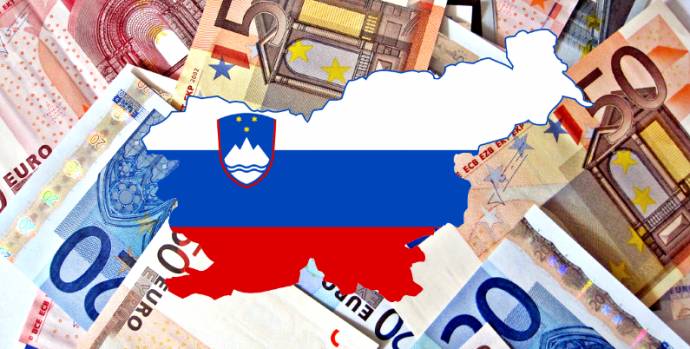The upgrade is based on projections that domestic as well as external demand will strengthen, with buoyant investments increasing the capacity of the export sector.
Growth will be increasingly based on domestic factors, as employment continues to rise and private investments remain strong, helped by an influx of EU funds.
Over the three-year period covered by the forecast, growth is expected to be driven by private consumption and investments.
Exports are projected to grow by 7.6% this year before slowing down to 6.5% in 2020, with export growth outpacing import growth in each of the three years by about half a point.
Private consumption is set to expand by about 3.5% this year and 3% in the next two years.
Despite the broad-based growth, the risks are more significant than in December, according to Primož Dolenc, the temporary head of the central bank.
He told the press on Thursday that the uncertainties in the international environment were higher due to trade and geopolitical tensions, and the price of oil.
The growth dynamics have peaked, added Arjana Brezigar Masten, the head of the central bank's analytical and research centre.
The international risks are compounded by a shortage of labour, which will not only start to be a drag on growth but will also lead to higher wages.
Wages are thus projected to grow at an average annual rate of 4.5%, though the central bank thinks this will not affect the economy's cost competitiveness since real wages will grow in line with productivity gains.
The favourable economic conditions are also driving price growth, with inflation expected to accelerate from 2% this year to 2.3% by 2020, significantly above the eurozone inflation.






